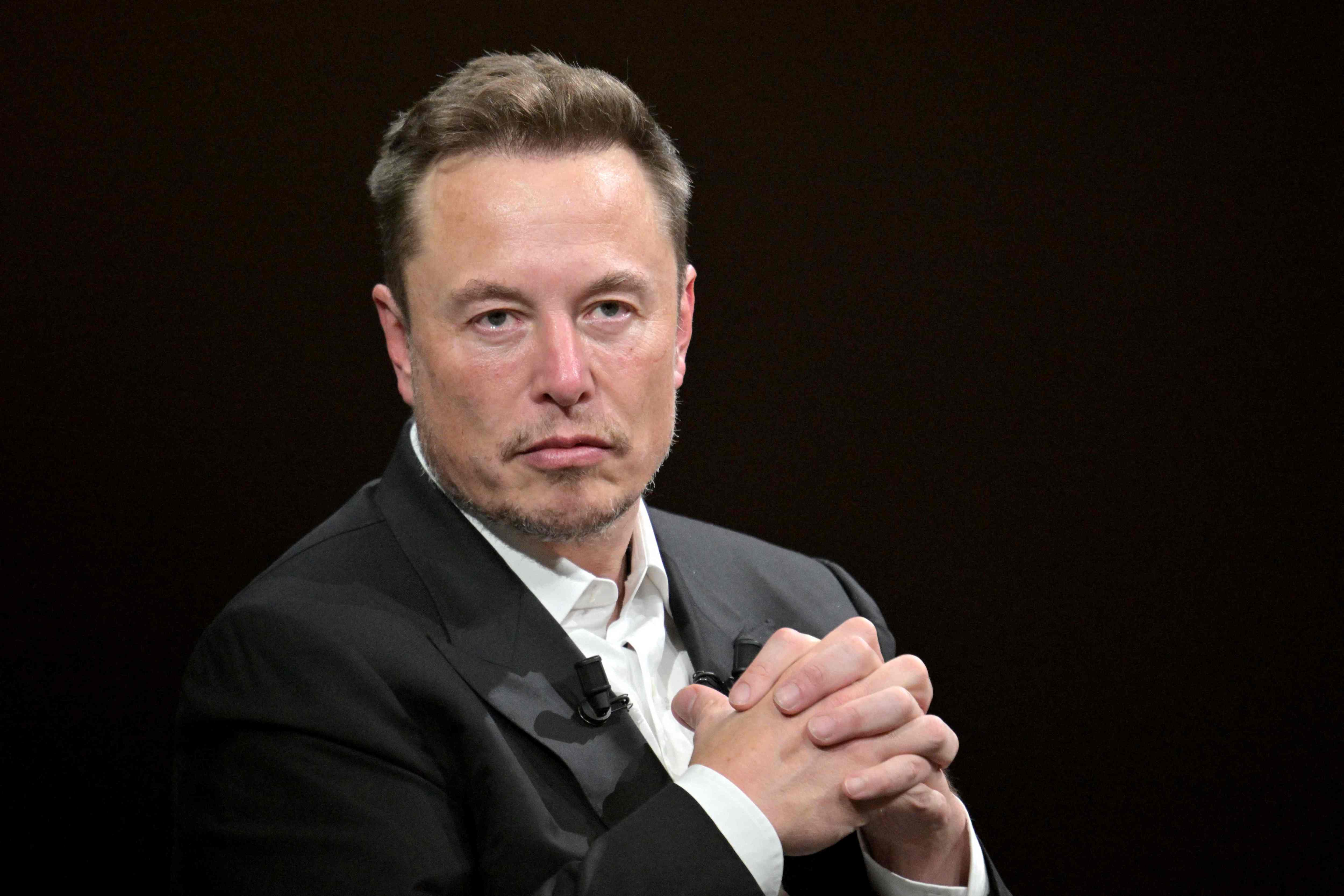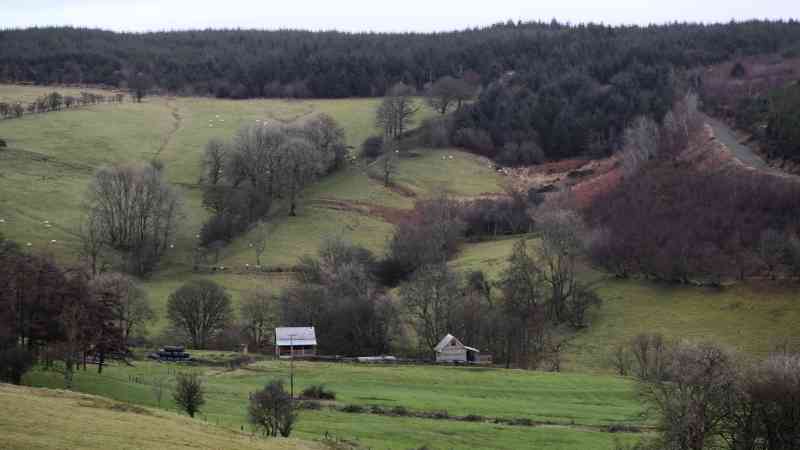Elon Musk tends to be a Marmite character — you either love or hate him. But Myles Meadows, an IT specialist, is ambivalent about the billionaire, whose Starlink satellite internet system has changed his life.
“I can’t stand him … I can’t stand his cars. I think they’re awful,” he said. Nonetheless, he has installed three Starlink antennas at his home and two rental cabins in the Elan Valley, Powys, Wales. The move has thrust Meadows into the broadband fast lane, after crawling along like many in remote areas. “It’s revolutionary … it’s a game changer.
“I was on the waiting list for about a year when they opened up the area. They delivered it in five days. I connected it in 15 minutes. I had 200 megabits per second (Mbps) [internet speed],” he said.
He has now installed Starlink for five neighbours, but is aware there is a finite number of connections in one area.
![Meadows said: “We are massively behind in huge parts of this country where we don’t even have 4G or 3G [mobile networks]”](https://bookkooq.online/wp-content/uploads/2024/09/cup_172631645041731.jpg)
Starlink is part of Musk’s eccentric vision for humans as an interplanetary species — being able to provide us with an internet connection when we travel to Mars.
Started in 2015 as a division of his SpaceX company, the idea was to launch satellites into low orbit, about 340 miles high. This was to solve the problem of long delays in response suffered by other such services, whose satellites orbit at 22,000 miles. After launching 5,500 satellites, Musk is succeeding where many others have failed — to give internet access to everyone on the globe, before we hop on spaceships to other planets.
In the UK it costs £449 to buy the hardware and £75 a month for the connection. That gives customers an average 100Mbps speed, fast enough for most households’ surfing, watching and gaming needs. There are cheaper refurbished units to buy and also a new rental plan for the antenna and router at £15 per month.
Meadows, 41, said: “You’ve got BT quoting me £250,000 to get fibre to my house, but it’s probably going to be three times that. How is this guy doing it for £75 a month?
“We are massively behind in huge parts of this country where we don’t even have 4G, or 3G [mobile networks], let alone anything else. The cities have got fibre [optic cables], but also 5G. They don’t need it. There should be more investment in these rural communities where a lot of people moved during Covid. The rural communities are more popular than ever, but they’ve got a distinct lack of connectivity, and it’s quite shocking, given we’re in 2023.”

About 440,000 households in the UK have speeds of less than 10mbps, according to ThinkBroadband, down from 518,000 at the start of 2023 as the government rolls out its Project Gigabit and Shared Rural Network programmes. Wales also provides a grant to those who want to improve their internet speeds.
But those in towns are also resorting to Starlink. Ben Wood is the chief technology analyst at CCS Insight and lives in a cul-de-sac on the edge of Newbury where it is difficult to get a fibre optic cable.
“I’ve been very impressed [with Starlink]. I used it at home for about three months earlier in the year. And I live in an area where our fixed broadband is very poor at 15mbps. But when all my colleagues are getting fibre, I’m like a leper.”
Wood has switched to using 5G at home, but his neighbours now have Starlink and his son, a student who works at festivals, has bought one to use on sites across Europe. “Latency wasn’t an issue at all. It’s a terrific service. So hats off to them,” he said.
Ofcom estimated in October 2022 that 13,000 people had signed up to the service since it launched in February of that year, with the latest figures next week expected to show a substantial increase. The network company Cloudflare has seen traffic on Starlink in the UK triple this year.

Musk is also providing the government with a solution to achieving its goal of providing fast internet access to the whole country by 2030. Starlink is being used in pilot schemes to provide internet access for some of the 1 per cent of places in the UK that will never see a fibre optic cable. A 12th-century abbey in the North York Moors, a scout camping site in Snowdonia and a Lake District mountain rescue base are all subscribers.
The government has made a controversial £400 million investment in a Starlink competitor, OneWeb, which is also participating in UK trials for rural areas.
Amazon also has an internet satellite service, Project Kuiper, but SpaceX’s satellite launch capabilities make it the market leader.
Starlink’s dominance in the UK won’t last forever, says one analyst. “There is a market while there are still fibre not-spots in the UK but that’s going to be a pretty small area in a few years with plenty of competition from mobile and fixed wireless providers to boot,” said Oliver Johnson of Point Topic.
